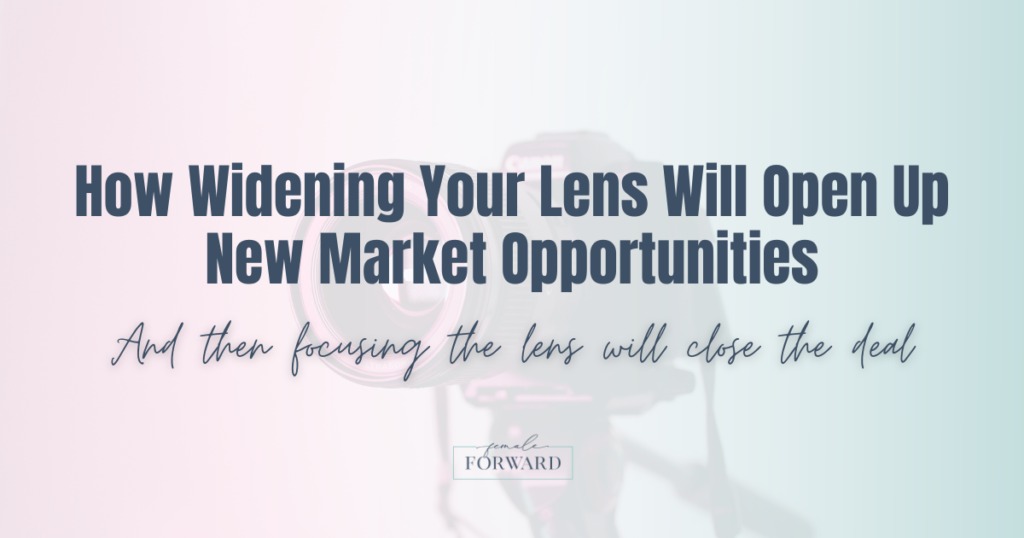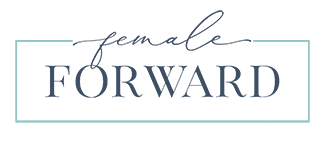
How widening your lens will open up new market opportunities
And then focusing the lens will close the deal
Why do so many industries and brands still struggle to attract women? Why do they still primarily target men? Is this intentional or accidental? So many companies miss out on a massive opportunity by not speaking to the female cohort.
An overwhelming majority of women say they feel misunderstood by advertisers, and the historical trend of “Pink It and Shrink It” feels condescending. Yet, with most design and marketing departments still dominated by men, it’s easy to see why they fall into this trap – particularly in male-dominated industries.
Too often brands write off a large portion of their potential market because their “primary” market is male.
Case in point: FinTech
According to the Financial Alliance for Women, females are almost 30% less likely to access FinTech products than males. With statistics like this in hand, FinTech brands are identifying males as their primary target because their rate of success is higher – and market accordingly. While this is sound logic to determine your primary audience, what about that massive secondary market? What about the women?
According to the same study, women are equally as likely to react to effective marketing and become early adopters as men are. So why not widen your lens? Instead of excluding a large cohort from your target market, it’s time to broaden the scope to include women in your marketing strategy.
But how?
The FinTech industry has attempted to attract women with a gender-neutral strategy. By including images of women or gender-neutral tones in advertisements, brands hope they will speak to all genders. Other brands lean on “Pink It and Shrink It” to speak to women. But these strategies are missing the mark.
Focus the Lens
Rather than marketing to all women (which is NO women), brands need to focus on how they speak to the women in their target market. What is your brand’s ideal female customer avatar?
- Is she an educated, urban 20-something who is aiming high in her career?
- Is she a suburban working mother making most of the financial decisions for her household?
- Is she a business owner or executive leader making decisions that impact many stakeholders?
- Is she a 50-something who is accomplished in her career and thinking about her retirement plans?
Each of these women (just to name a few), has different priorities, and different motivations and will react favorably to different types of advertisements. By identifying your ideal female customer and her motivations, your brand will speak to her more effectively – more genuinely. A more genuine connection means a much higher closure rate.
Can I Do This Without Compromising my Current Brand?
Yes. Your brand is who you are. But that doesn’t mean you shouldn’t tailor your message to your intended audience so that they see who you are. Your brand strategy should encompass flexibility for speaking to different portions of your target audience, or it will inadvertently exclude portions of it.
- Remain consistent in color scheme, tone, and design throughout your brand strategy, even if you are speaking to different audiences.
- If necessary, re-work portions of your brand strategy to be inclusive or flexible to ensure your team is able to run with the strategy to target various demographics.
- Use storytelling, anecdotes, and case studies to support your brand within your target demographics.
Is your brand missing out on a huge opportunity? Have you identified the core motivations of your target audience – both male and female?
Could your company use a brand positioning workshop to help strategize for inclusivity? I’d love to be a part of your brand’s story, check out my services and send me a message today!
